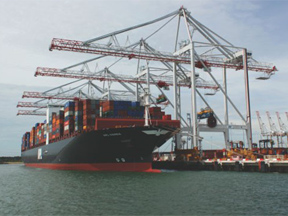
Many US Navy veterans who served the country were daily exposed to asbestos because it was widely used in the shipbuilding process.
It is a known fact that this mineral was used as a coating for pipes, engines, turbines, and other parts of a ship as it prevented them from catching fire.
Unfortunately, this great quality comes with a cost: the asbestos fibers released into thin air affect the lining of the lungs when inhaled. Asbestos exposure-related diseases have a latency period of 20-50 years. One of the jobs that exposed workers to asbestos fibers was that of managing the movement and storage of incoming and outgoing cargo.
A freight and material handler is a worker whose task is the transportation of goods. The handlers have specific tasks starting with dragline and tractor operations to ship loaders, packagers, or industrial truck drivers. The freight and material handlers were exposed to contact with toxic products that contained asbestos. In the absence of a mechanic, handlers were sometimes responsible for regular interventions like:
- inspection
- maintenance
- repair






The maneuvers were mostly applied on parts that contained asbestos:
- brake linings
- brake pads
- electrical systems
- clutch facings
Benjamin P., freight handler on USS Oriskany CV-34, told us: "When we found out about asbestos, it was already too late for us because we already had the symptoms of those terrifying diseases. Not only were we exposed to asbestos, but we carried the dust on our clothes, shoes, and equipment back home to our families. We now pray for their health." He died in 2014 from asbestos exposure caused esophageal cancer.
